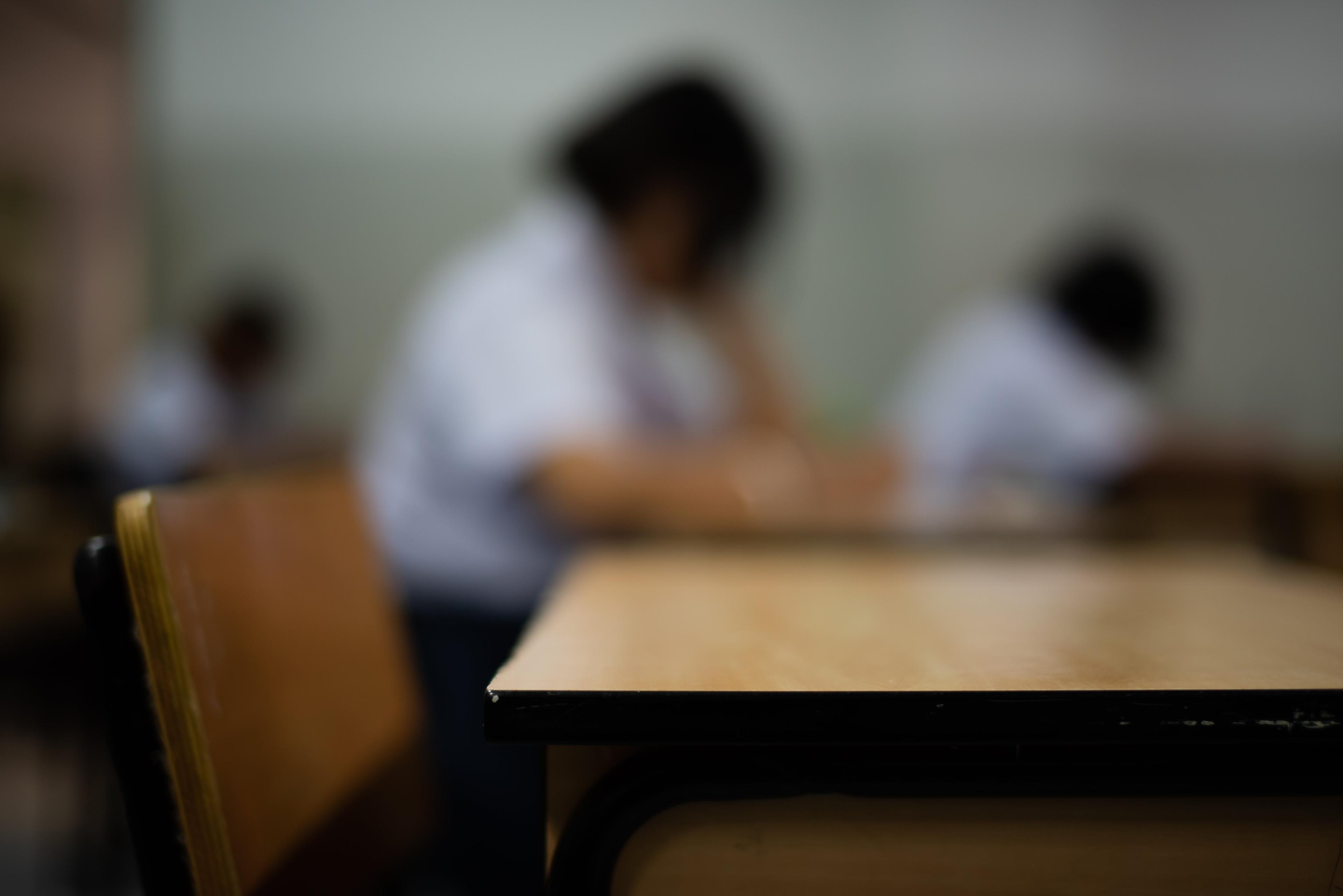Educational Engagement for Special Needs Students
Students attend school to gain knowledge and refine lifelong skills, but it’s difficult for everyone to do that in a traditional classroom structure. Neurodiverse kids require a few creative changes to thrive in their schools. Educators can read about the best engagement strategies for special education students to activate their strengths and empower kids to learn by helping them focus.
Utilize Colors Within Lessons
The world would be a much duller place without colors, so why teach with only one set of dry erase markers or a pack of white chalk? Using more colors throughout the school day keeps students more engaged because the rainbow supplies draw their eye to the lesson content.
Young students might even get more excited to fill out their papers if they can swap pencils for their favorite markers. Color-coding lessons by assigning shades to different subjects will also help kids distinguish between separate concepts.
Plan for More Movement
Movement is one of the best engagement tools for special needs students. It breaks through boredom and can even improve their cognitive development. Research shows that the brain
uses more blood during neural activation, so increasing blood flow through movement will assist students in solving problems or learning new concepts.
Teachers can use standing desks with taller chairs that allow kids to swing their feet. Classes can also schedule a 10-minute dance session every day. Play an educational song that teaches through rhymes or dance just for fun. Your students will love the burst of energy and become more engaged with their work afterward.
Find Hands-On Coursework Activities
Everyone learns a little differently. Even neurotypical students embrace different forms of learning, like studying with flashcards or using visual cues to remember new information. As you read about how to engage special needs students, reflect on the many different types of learning to determine whether your lesson plan incorporates all of them.
Kinesthetic learners
need physical connections or tools to understand the context for lessons. Without hands-on activities, they’ll lose interest or become frustrated more easily. Tools like modeling clay, action figures or plastic toys in different shapes will make a significant difference in a kinesthetic student’s ability to engage. Study the different types of learning and consider your students to update your lesson plans with resources that fit their educational needs.
Motivate With Role Models
Younger and older students alike become disinterested in school if they think their education won’t amount to anything. It’s a typical thought process for people who don’t have enough representation in real-world places or media platforms. Motivate your special needs students by hanging posters or making lessons surrounding neurodiverse people who changed the world, like:
Nikola Tesla
Emily Dickinson
Barbara McClintock
Charles Darwin
Michelangelo
When students see people like themselves making a difference or succeeding in numerous fields, they’ll jump back into their education with excitement because they know they can do anything they want with their futures.
Incorporate Personal Gifts
Some of the best engagement tools for special needs students are their existing skills or passions. What do they love to do? If one student spends all of their free time drawing and can’t read very well, incorporate their talent by letting them illustrate their vocabulary words. Every chance kids get to use their gifts will increase their confidence and make learning more fun.
Find Positive Classroom Modifications
The classroom environment plays a significant role in how students interact with and learn from their lessons. Modify things to tailor your space to each student’s needs. A student with ADHD would
benefit from partnering with a note taker to help them finish their copy of the notes during their free time. Kids who need more movement could sit on a stability ball and bounce through lessons to have an easier time focusing.
Teachers who want to know how to engage special needs students should look around their classroom. Is there anything that might influence a child’s interest or distract their focus? Switch things up when they don’t work and your students will have a much better time in school.
Increase Educational Engagement for Special Needs Students
These are some of the best engagement strategies for special education students, but the right ideas will depend on your current class. Think about what your students struggle with and what gets them excited to learn. Approaching your routine, lesson plans or classroom setup with a fresh perspective will help all of your special needs students thrive.
About the Author

Ginger Abbot is an education and lifestyle writer with a passion for learning. Read more of her work on Classrooms.com, where she serves as Editor when she’s not freelancing.


